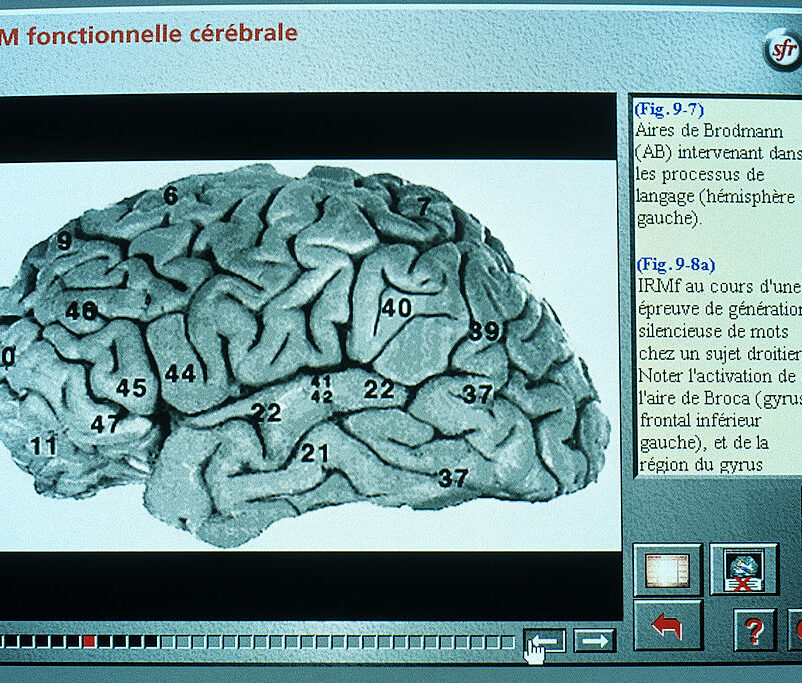
Researchers at the University of Texas at Austin created an artificial intelligence system that can essentially read a person’s mind by scanning brain activity to translate thoughts into text.
In a study published in the journal Nature Neuroscience, the researchers said the AI system is a semantic decoder that relies in part on a transformer model, similar to the ones that power Open AI’s ChatGPT and Google’s Bard.
Designed to offer people who cannot speak another way to communicate, the system is unlike other language decoding methods because it does not rely on surgical implants — making the process noninvasive. Instead, it relies on an fMRI scanner, which measures the flow of blood to different regions in the brain, to analyze a person’s brain activity.
In the study, participants listened to hours of podcasts in the scanner. Later when participants listened to another story or imagined telling a story, the AI system wrote down a summary of what was being said or thought. When subjects were shown silent films, the system could also generate relatively accurate descriptions of what was happening onscreen.
“This isn’t just a language stimulus,” said Alexander Huth, an assistant professor of neuroscience and computer science at UT Austin who helped lead the research. “We’re getting at meaning, something about the idea of what’s happening.”
The team emphasized the AI system only worked on participants that were willing to have their thoughts analyzed and had trained the decoder. Results for individuals on whom the decoder had not been trained were unintelligible, and if participants on whom the decoder had been trained later put up resistance — for example, by thinking other thoughts — results were similarly unusable.
“We take very seriously the concerns that it could be used for bad purposes and have worked to avoid that,” said Jerry Tang, a doctoral student in computer science who also led the study. “We want to make sure people only use these types of technologies when they want to and that it helps them.”



